
 Safety rails are a vital addition for elderly users, providing stability and support when using the toilet
Safety rails are a vital addition for elderly users, providing stability and support when using the toilet
With the global population of elderly individuals rising, the demand for senior-friendly homes will only grow. The construction and interiors sector can lead the way in adapting living spaces to support safer, smarter ageing in place.
Designing with seniors in mind goes beyond adding safety rails or installing a lift – it’s about preserving dignity, encouraging independence, and ensuring the home remains a source of comfort and pride. By integrating thoughtful upgrades, construction professionals and designers can play a key role in supporting ageing populations and enhancing quality of life.
As we get older, it can be much more difficult to complete simple tasks including things like showering, getting up the stairs and using the toilet. Older people are also more prone to falls. This is especially true in the bathroom where surfaces can become slippery.
Bathrooms
There are a number of things that can be done to help make homes safer, more convenient, and more comfortable for the elderly.
For instance, safety rails are a vital addition for elderly users, providing stability and support when using the toilet. Several types are available cater to different needs and bathroom layouts:
• Legless rails, which are mounted directly on the toilet bowl, are easy to install and are compact.
• Toilet-attached rails, which extend from the seat bolts to the floor.
• Toilet risers with handles, which raise the height of the seat and add leverage for easier standing.
• Freestanding frames, which are portable but may not suit smaller bathrooms.
• Flip-up grab bars, which are wall-mounted, space-saving as they can be flipped out of the way when not in use, and hence ideal for wheelchair users.
• Pivoting rails, which provide flexible support with swing-out bars at various heights.
• Wall-to-floor rails, which are L-shaped fixtures offering strong, fixed-position support. As they are set at a fixed height it is important to ensure that the height meets the individual’s requirements before they are installed. Other safety features for bathrooms include:
Walk-in tubs: With a low threshold door, built-in seating, handrails, and even hydrotherapy jets, these tubs prioritise safety when bathing and comfort. Though more costly than standard tubs, their benefits in senior homes are considerable.
Shower benches: Standing in the shower can be exhausting for seniors. A sturdy, adjustable shower bench with handrails and anti-slip feet enables seated showering, reducing fatigue and fall risk. When choosing a bench, consider weight capacity, size, and compatibility with the bathroom layout.
Around the home
A number of aspects need to be considered to enhance safety in other areas of a residence designed for the elderly.
Lighting and interior design: Proper lighting is critical for seniors. Overhead lights can cast shadows and cause glare. Instead, layer lighting with multiple fixtures to provide even coverage. Avoid glossy finishes on walls and furniture that may reflect light and cause glare, which may be confusing for the elderly. Matte finishes and contrasting colours help define spaces and reduce visual confusion.
Stairlifts: For multi-storey homes, stairlifts can be a game-changer. They provide safe and effortless access between floors, restoring mobility and confidence to residents who may otherwise be restricted to one level of their home.
Accessible storage: Storage should be thoughtfully placed to avoid the need for bending, stretching or manoeuvring around obstacles. Wall-mounted shower caddies and dispensers for essentials like soap and toothpaste improve ease of use and prevent issues such as the bottles or packaging slipping out of the hands while the seniors are using it. Shelves and cupboards throughout the home should be within arm’s reach.
Non-slip mats and flooring: Slippery surfaces are a major hazard. Non-slip mats should be placed at entry points, and especially near toilets, and inside showers or tubs. For a more permanent solution, consider non-slip floor tiles or adhesive strips that add grip.









.jpg)
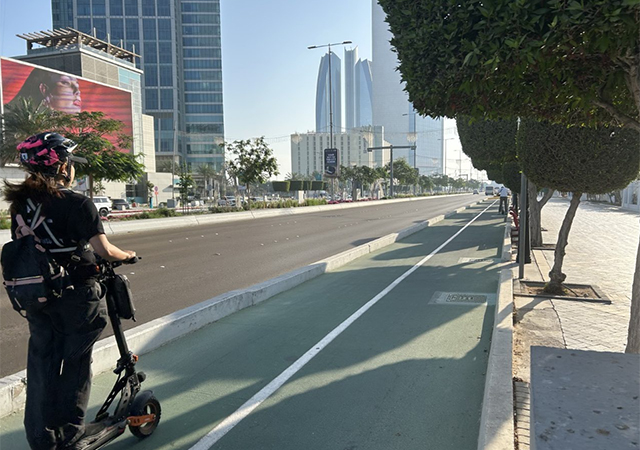


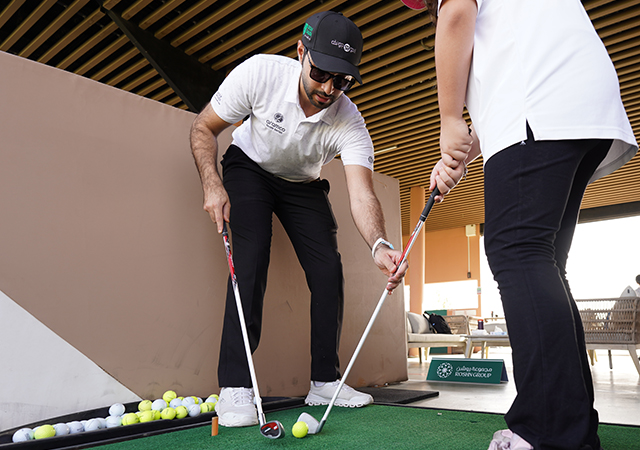

.jpg)

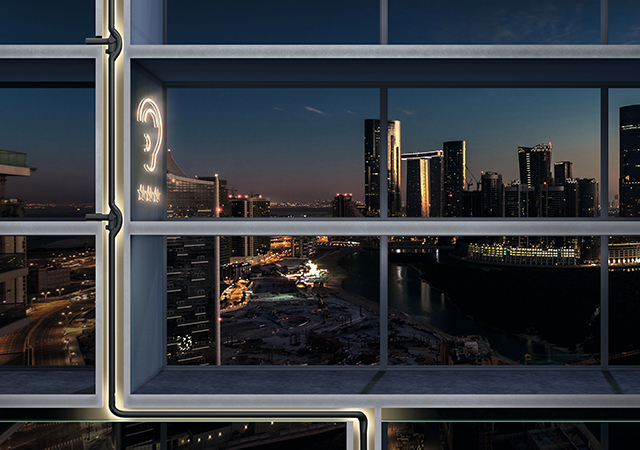



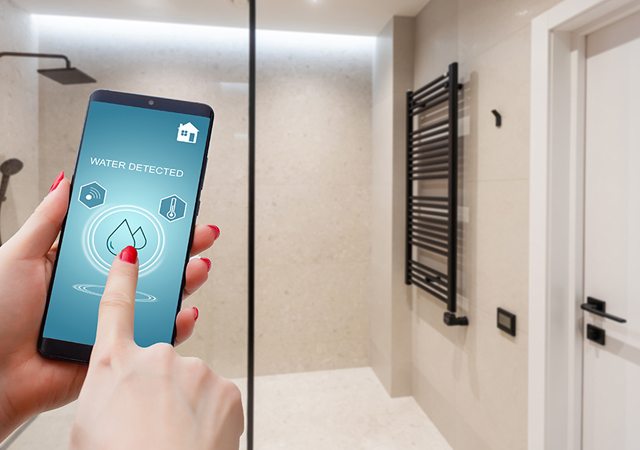
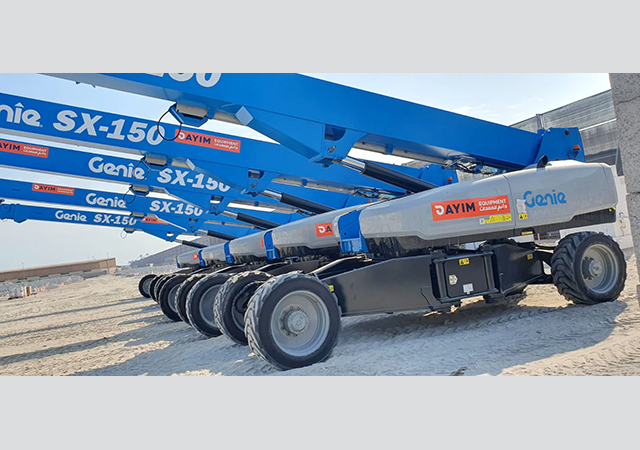
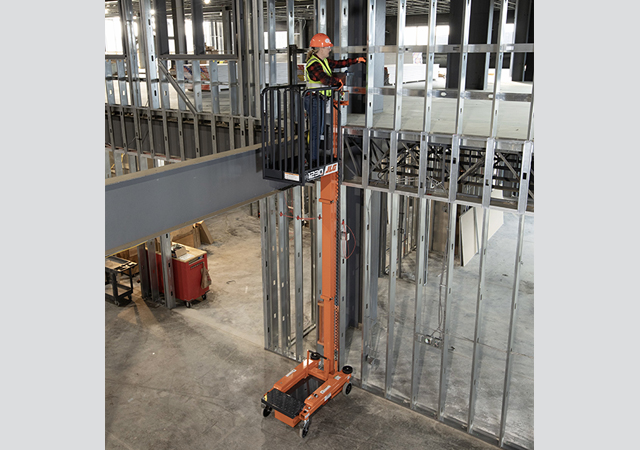

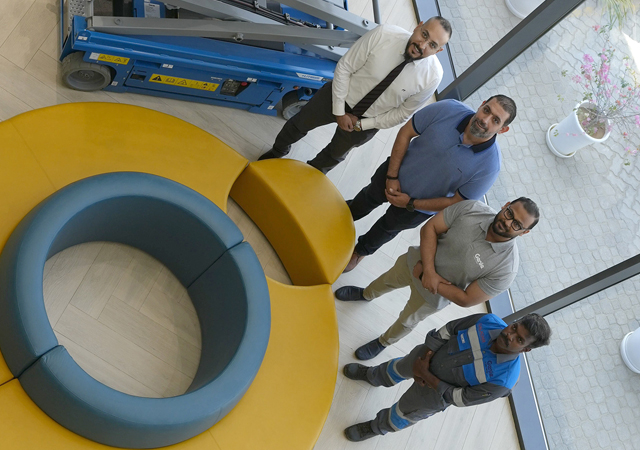
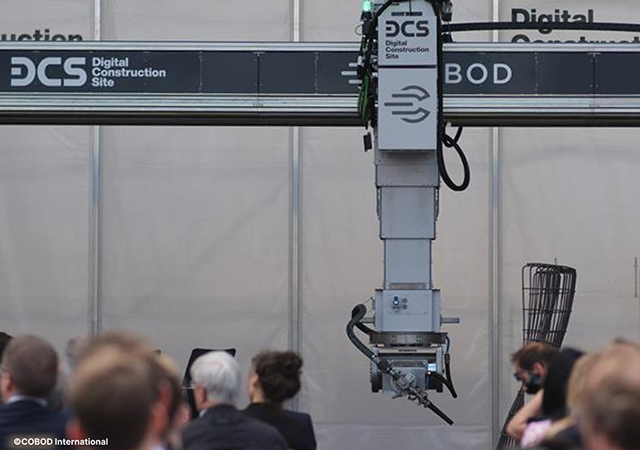
Doka (2).jpg)
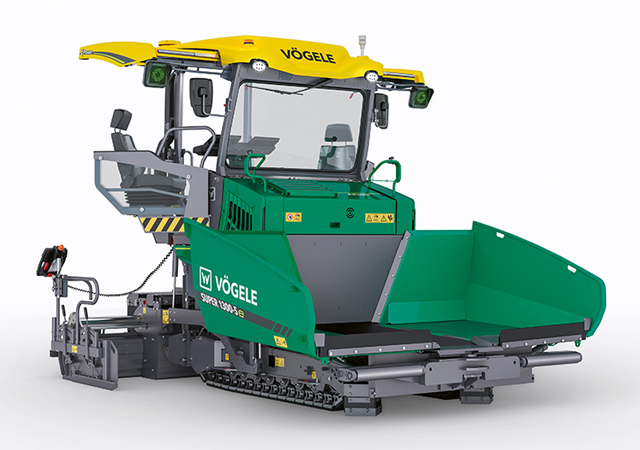


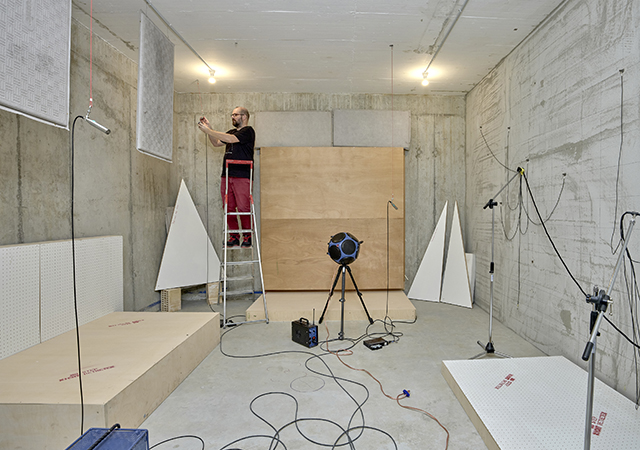

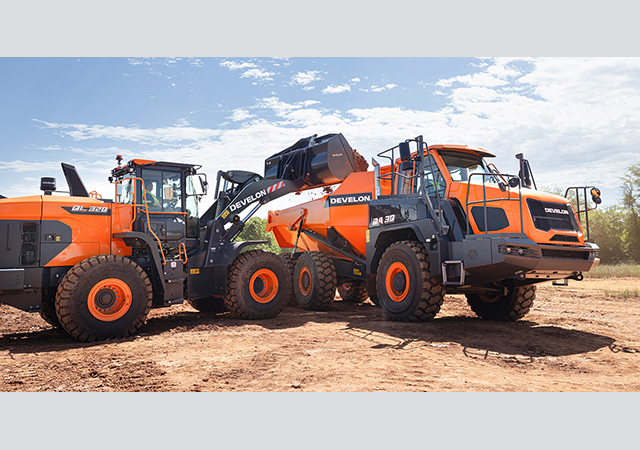



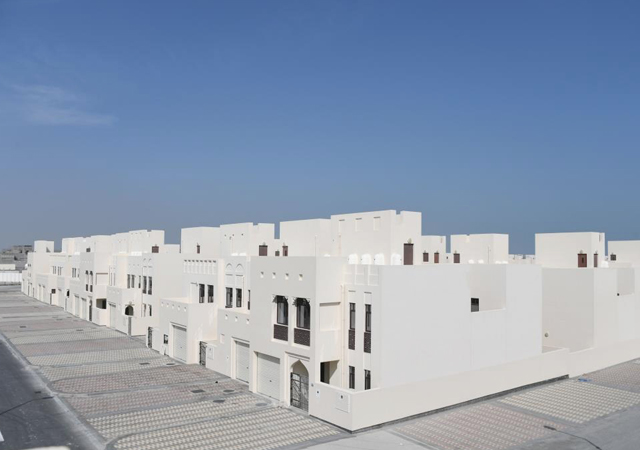

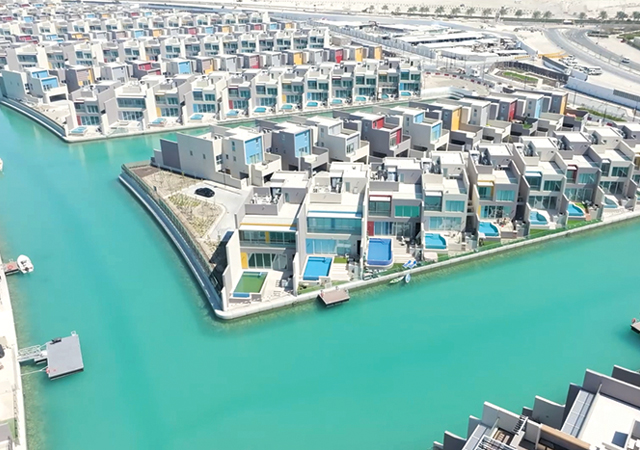
























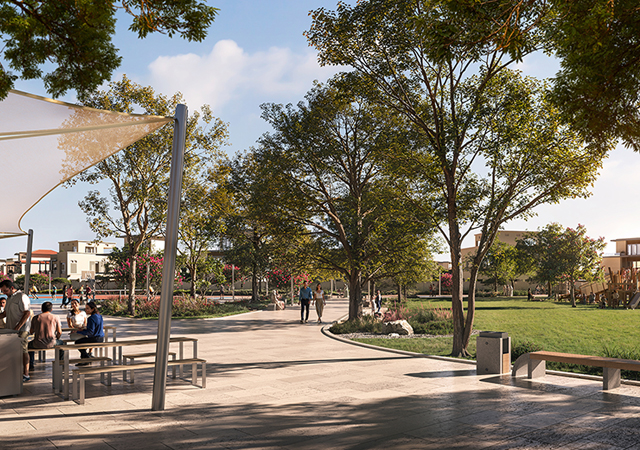



.jpg)
.jpg)

.jpg)
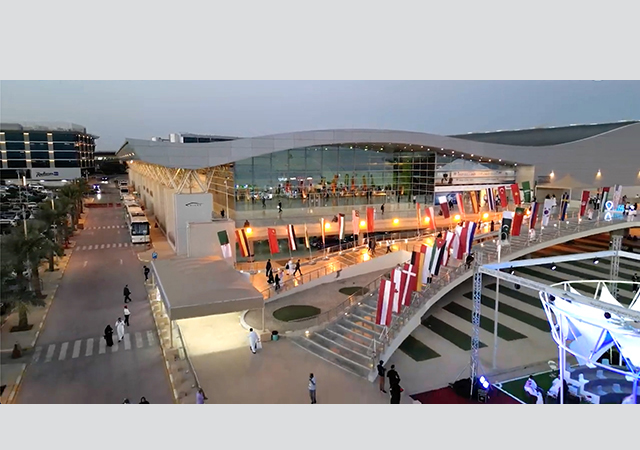




.jpg)
